US election explainer: The ‘battleground’ states to watch
Under the Electoral College system, a few states take on out-sized influence in US elections.
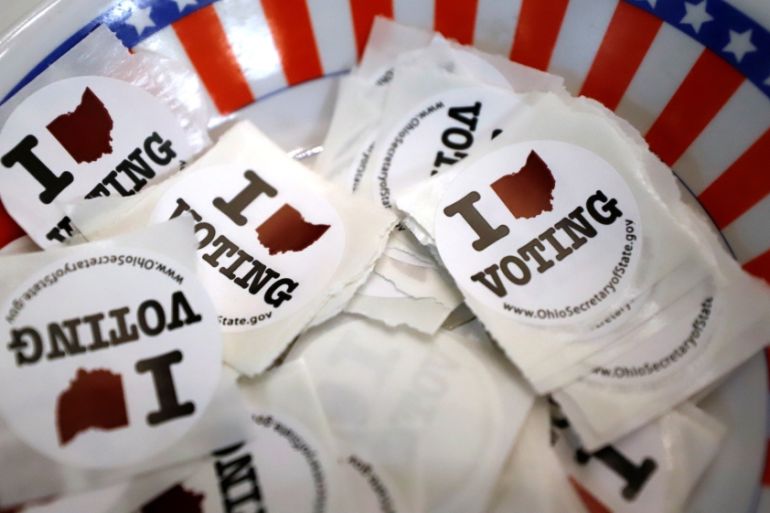
So-called “battleground” states, also known as “swing states” or “toss-up” states, hold disproportionate sway in US presidential elections, which are decided not by the national popular vote but by the Electoral College.
Every election cycle, millions of dollars are poured into advertising and campaigning in these states, which are considered in play for both candidates and offer relatively large electoral college vote hauls. More technically, election analysts consider states battlegrounds where the margin of victory is expected to be fewer than five percentage points.
Keep reading
list of 4 items‘Insurrection’ should bar Donald Trump from US presidency, lawyers argue
Ex-Proud Boys leader Joseph Biggs sentenced to 17 years for US Capitol riot
Trump indictments: Key court dates set in Georgia, federal election cases
In contrast, several states, early on in a presidential election, are considered likely or extremely likely to go to a candidate based almost solely on a candidate’s party affiliation, demographics, and the state’s voting history. Democratic strongholds tend to be the densely populated East and West Coast states, with Republicans maintaining the more rural South and centre of the country.
|
|
In 2020, observers have identified six states that could make the difference for Joe Biden and Donald Trump: Michigan, Wisconsin, Pennsylvania, Florida, North Carolina, and Arizona.
The influence these states are expected to have relates to how the Electoral College shapes the arithmetic of the race.
There are 538 electoral college votes up for grabs in a presidential election, and a candidate must clear 270 votes to win.
Under the system, each of the 50 states, as well as the District of Columbia, has a number of electors roughly proportionate to its population.
In 48 states and Washington, DC, all of the state’s electoral college votes go to the candidate who wins the majority of votes in the state, even if the margin of victory is minuscule.
In two states – Maine and Nebraska – two electors are awarded to the winner of the state’s popular vote and the others are broken down based on the plurality of votes in each congressional district.
Here’s a look at the states that could make the difference in 2020:
Wisconsin, 10 Electoral Votes
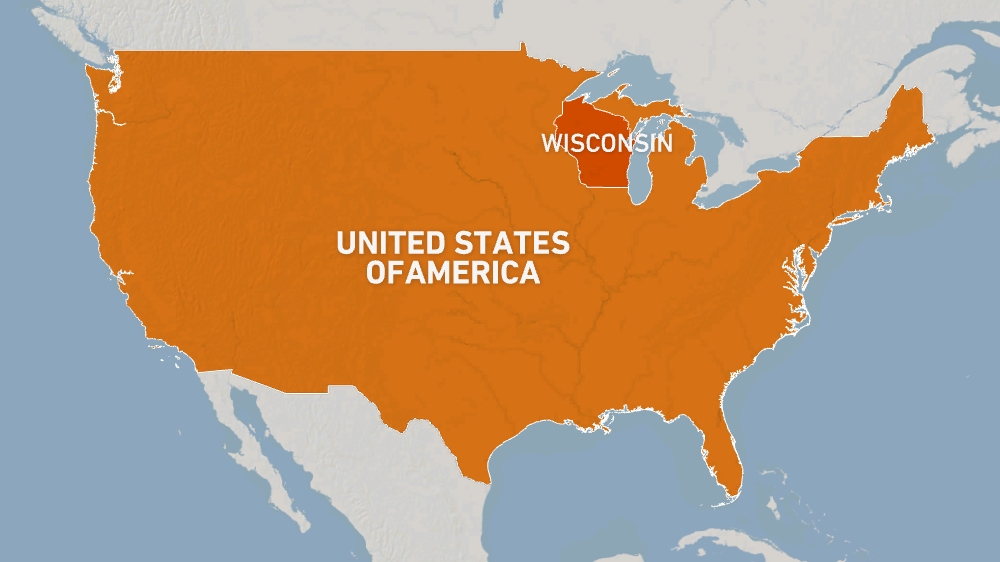
One of Trump’s 2016 upsets came in Wisconsin, where he beat Clinton by slightly less than 22,800 votes, a margin of 0.7 percent. President Barack Obama had won the state by 6.9 percentage points in 2012. It was the first time a Republican had won the state’s presidential vote since President Ronald Reagan won it in 1984.
The turnout indicated Democratic disenfranchisement in the state, with Trump tallying about the same number of votes as Republican candidate Mitt Romney did in 2012, while Clinton, who never visited the state during her campaign, received 240,000 votes fewer than Obama in 2012.
Meanwhile, the state reported its lowest turnout, 66 percent of registered voters, since 1994, with Milwaukee and other urban areas, usually Democratic strongholds, showing the largest decline in voters, according to WisContext, a publicly funded state news site.
Critics have alleged that a new law, which went into effect in 2015 and requires voters to show photo identification, may have suppressed Democratic votes. Votes for Green Party candidate Jill Stein (31,072) and Libertarian Party candidate Gary Johnson (106,674) are partially blamed by Clinton backers as contributing to her loss. This year, the Green Party failed to qualify for the ballot and, therefore, its candidate will not be a factor in Wisconsin.
Trump flipped 22 districts in Wisconsin that had voted for Obama in 2012, 18 of those rural. Among non-college-educated whites, who make up half of the voters in the state, Trump won by 28 percentage points over Clinton.
Many voters in the state also were ambivalent about the candidates until the very end, making it difficult to gauge the outcome. According to exit polling, 14 percent of Wisconsin voters had made up their minds in the final week, and those last-minute decision-makers chose Trump over Clinton by a two-to-one margin.
Wisconsin became a national political flashpoint in August after the police shooting of Jacob Blake in the city of Kenosha, which is located in a county that Trump won by a margin of 238 votes in 2016. Trump attempted to use the violence that erupted there in the wake of Blake’s shooting to attempt to paint Biden and Democrats as “weak” on crime. Multiple polls conducted following Trump’s strategy revealed that it had little effect on Wisconsin voters.
Pennsylvania, 20 Electoral Votes

Pennsylvania offered another stunner to the Clinton campaign in 2016, with Trump riding to victory on another razor-thin margin. Trump beat Clinton by a little more than 44,000 votes, a margin of 0.7 percent. Obama won the state in 2012 by 5.4 percentage points. Trump’s victory marked the first time a Republican presidential candidate had won Pennsylvania since George HW Bush in 1988.
While Trump flipped only three counties and Clinton flipped one from 2012, Trump saw a surge in blue-collar support in western Pennsylvania, where the steel and coal industries have declined in recent years and has traditionally leaned Democratic. That support outweighed Clinton’s formidable base in the voter-dense southeastern region, which includes Philadelphia and environs.
Trump also saw a surge in the northeastern rust-belt cities of Wilkes-Barre and Scranton, the birthplace of Joe Biden, which are considered longtime Democratic strongholds.
Luzerne County, where Wilkes-Barre is located, is a predominantly white working-class area that has suffered in recent decades as factories and coal mines have closed and is widely considered a microcosm of Trump’s electoral victory. Despite voting for Democratic presidential candidates for decades, the county swung dramatically for Trump in 2016 and he carried it by 20 percentage points over Clinton.
Statewide, the closely watched white women demographic also went 50 percent in Trump’s favour, according to exit polls, compared with 47 percent support for Clinton. That’s compared with white men, whom exit polls showed Trump winning 64 percent to 42 percent.
Michigan, 16 Electoral Votes
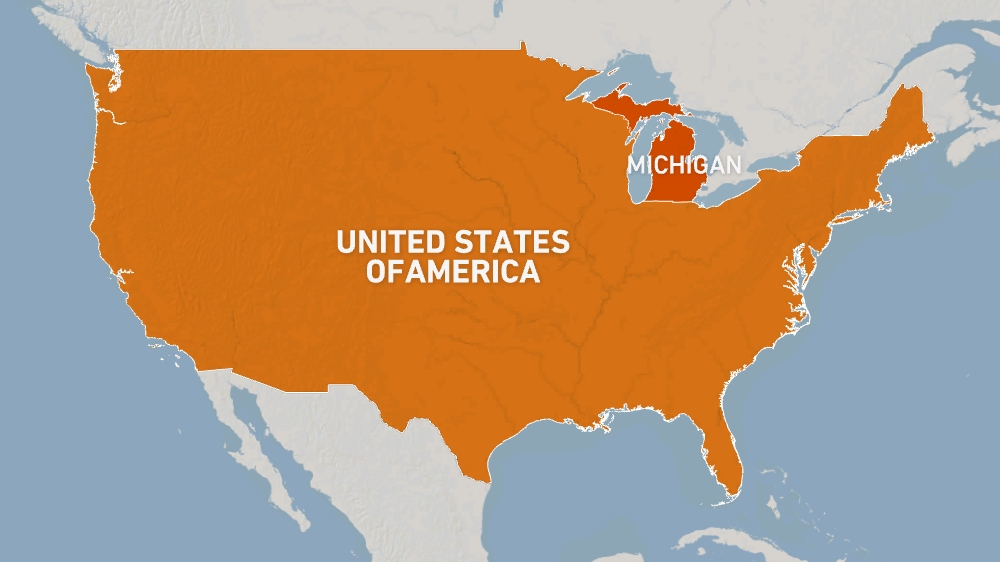
In 2016, Trump beat Clinton by slightly more than 10,000 votes in Michigan, a paper-thin margin of about 0.3 percentage points. Trump’s victory marked the first time the state, which voted for Obama in 2012 by a resounding 9.5 percentage points, had been won by a Republican presidential candidate since Bush won it in 1988.
Trump managed to flip 12 counties in the state, with several analysts telling the Detroit News in 2016 that the then-candidate’s vocal criticism of Dearborn-based Ford Motor Company, which was expanding production in Mexico, likely played a role in energising supporters. Michigan saw higher voter turnout in 2016 in almost all of its counties compared with 2012. Ford and General Motors are the two biggest employers in the state.
Trump performed particularly well in rural and blue-collar areas, carrying white voters without college educations, who make up half of the state’s voters, by 61 percent, compared with Clinton’s 31 percent, according to exit polling. Votes for third-party candidates Jill Stein and Gary Johnson may also have chipped away at Clinton’s support.
Trump’s victory has also been attributed to Democratic voters’ disillusionment with Clinton specifically. Senator Bernie Sanders won the state in a surprise Democratic primary upset before the general election. And Black voters, a major Democratic voting constituency in the state’s largest city of Detroit, turned out in smaller numbers than they had in Obama’s prior two elections.
This year, polling has shown Democrat Joe Biden potentially in a better position than Clinton was in 2016. But one factor to keep in mind: according to 2016 exit polling, 13 percent of Michigan voters made their decisions during the final week of the campaign. Trump won those voters by 11 percentage points.
Florida, 29 Electoral Votes
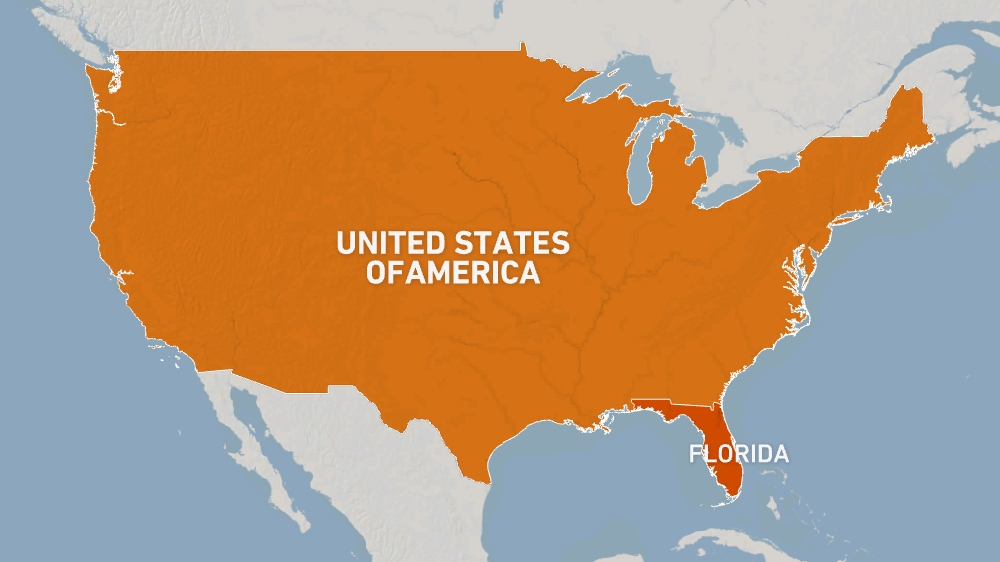
The Clinton campaign had hoped her support from Hispanic voters, which made up about 15 percent of registered voters in Florida in 2016, and Black voters, who make up about 13 percent, would be enough to carry her to victory. However, Trump again surged among working-class voters, winning the state by 112,911 votes, or 0.8 percentage points. Obama had narrowly won the state in 2012 by 0.9 percentage points.
Trump performed particularly well with working-class and elderly white voters. White voters make up 64 percent of registered voters in the state. Voters over 45 years old made up 60 percent of Florida’s registered voters at the time, and Trump won that demographic 56 percent to 42 percent.
Clinton focused attention on mobilising voters in diverse urban areas, particularly Miami-Dade County and Orlando. Trump surged in most other areas, flipping Pinellas County from 2012 and outperforming 2012 Republican candidate Romney in several counties that are predominantly white, elderly and less educated.
This year, polling in recent weeks reveals that while Biden has made significant inroads among older voters, Trump has blunted Biden’s gains by garnering significantly more support from Hispanic voters, worrying Democrats and the Biden campaign. If this dynamic holds until Election Day, it is likely to shape up to be another extremely slim victory for the winner in Florida.
North Carolina, 15 Electoral Votes

Trump beat Clinton by 3.6 percentage points in North Carolina in 2016. Obama had won the state in 2008, but lost it to Mitt Romney by two percentage points in 2012. However, North Carolina was considered an opportunity for Clinton because of its increasingly diverse demographics and younger population.
Trump was buoyed by both lower Democratic turnout in the state and an increase in Republicans who went to the polls compared with previous years. He also benefitted from a much higher voter turnout from senior citizens compared with young registered voters. Only half of registered voters 18 to 25 went to the polls, while 75 percent of voters ages 45 to 65 and 78 percent of voters 65 and older turned out on Election Day.
However, the demographic shift that Clinton tried to capitalise on has continued, with the Carolina Demography organisation documenting 1.1 million newly registered voters in the state in the three years since the 2016 election. Those voters increasingly registered as unaffiliated, with only 30 percent registering as Democrats and 26 percent registering as Republicans. The number of registered Hispanics and Asians have also grown, although the vast majority of new registrants chose not to include their race.
Arizona, 11 electoral votes
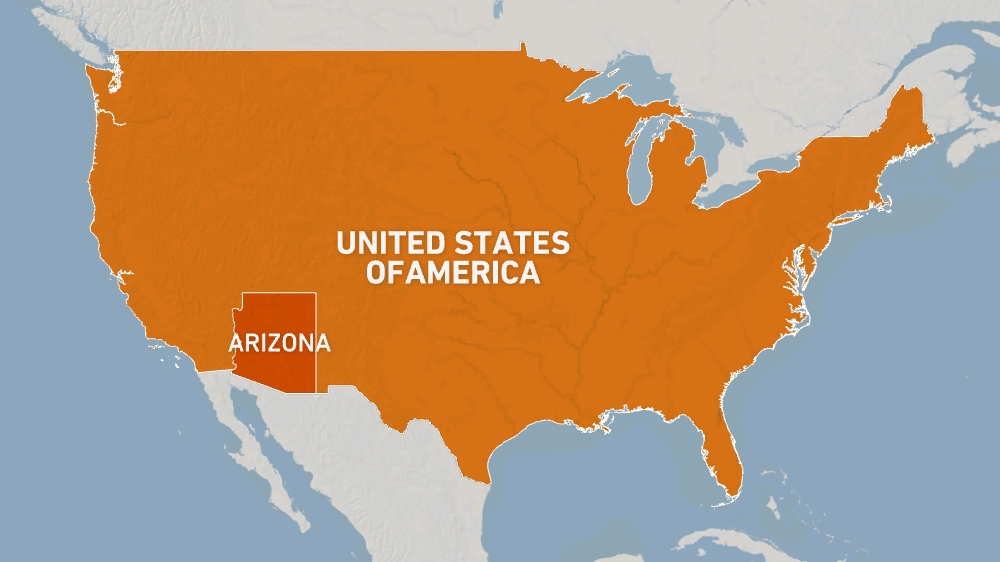
Trump carried Arizona by 3.4 percentage points in 2016. While a wider margin than other competitive states, the gap was smaller than anticipated. Romney carried the state by nine percentage points in 2012. Bill Clinton was the last Democrat to win the state in 1996.
However, as demographics in the state continue to change, Arizona has long been watched closely and invested in heavily by Democrats. Registered Hispanics have increased in the state and turned out more for elections, but remain a relatively small voting bloc, rising from about 20 percent of registered voters in 2016 to 23 percent in 2018. White voters made up about 68 percent of voters in 2016.
Currently, registered Republicans outnumber those registered Democrat or “other” but Democrats have closed the gap since 2016. In 2016, 34.5 percent of voters in Arizona were registered Republican, 34.0 percent registered “other” and 30.8 percent registered Democrat. Now, Republicans make up 34.8 percent of Arizona’s registered voters compared with 32.4 percent Democratic and 31.9 percent “other.” Four Democrats also won statewide elections in 2018, including a surprise win by Kyrsten Sinema for Republican Jeff Flake’s US Senate seat.
Clinton also made big gains in Maricopa County, the state’s most populous, compared with recent Democratic candidates.
Other states to watch
While not necessarily considered battlegrounds, there are several other states that the candidates hope will become competitive in the coming weeks.
Trump has his eye on Clinton-won New Hampshire (four electoral votes) and Minnesota (10 electoral votes). Clinton squeaked by Trump in New Hampshire by a little less than 0.4 percent while she won Minnesota by 1.5 percent.
Trump’s performance in Minnesota is the closest a Republican has come to winning there since 1984 when Ronald Reagan lost to Walter Mondale by 0.18 percent.
Biden is paying some attention to Georgia (16 electoral votes), Iowa (six electoral votes), Ohio (18 electoral votes) and Texas (36 electoral votes), all of which Trump won comfortably in 2016.
For several years, Democrats have had their eyes on Texas, a state that’s eluded them ever since Jimmy Carter won there in 1976. An influx of Latino voters and changing political views of suburban voters have Democrats hoping for the state to be competitive soon, if not this year.
Georgia may be the closest to becoming a true battleground as suburban voters’ shifting political tastes combined with a spurt in enthusiasm from the state’s significant Black electorate in 2018 almost resulted in the election of Stacey Abrams, who would have been the first Black female governor in US history. She lost to Republican Brian Kemp by slightly less than 55,000 votes.
